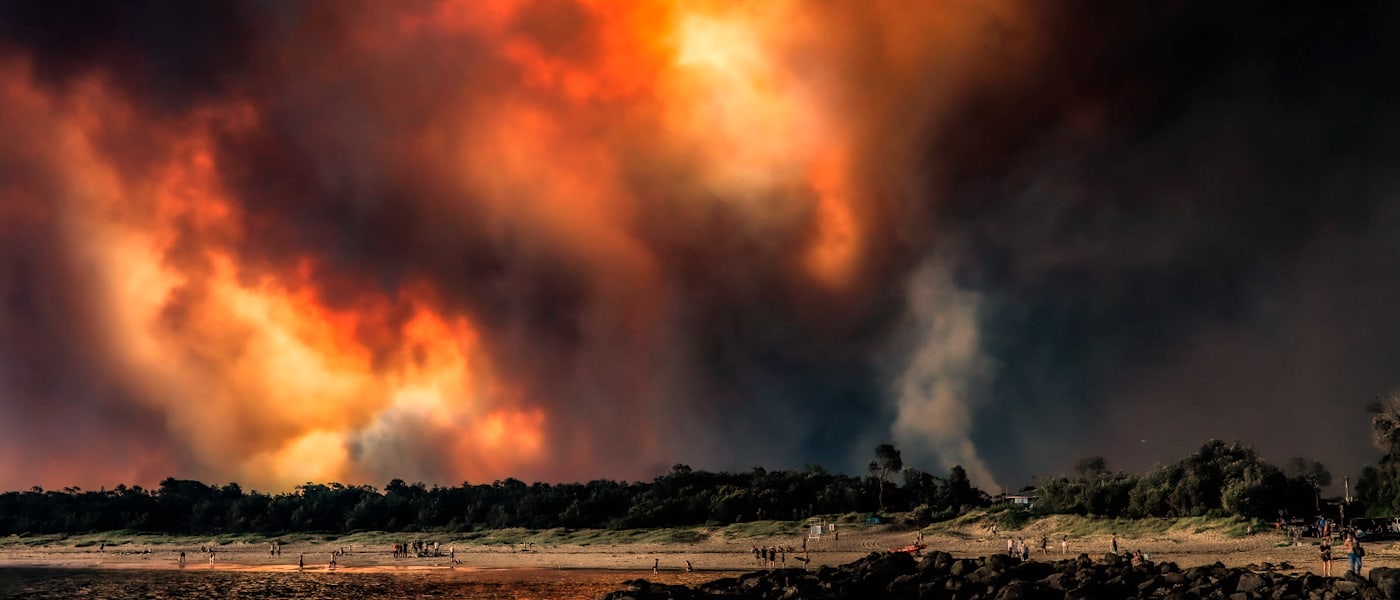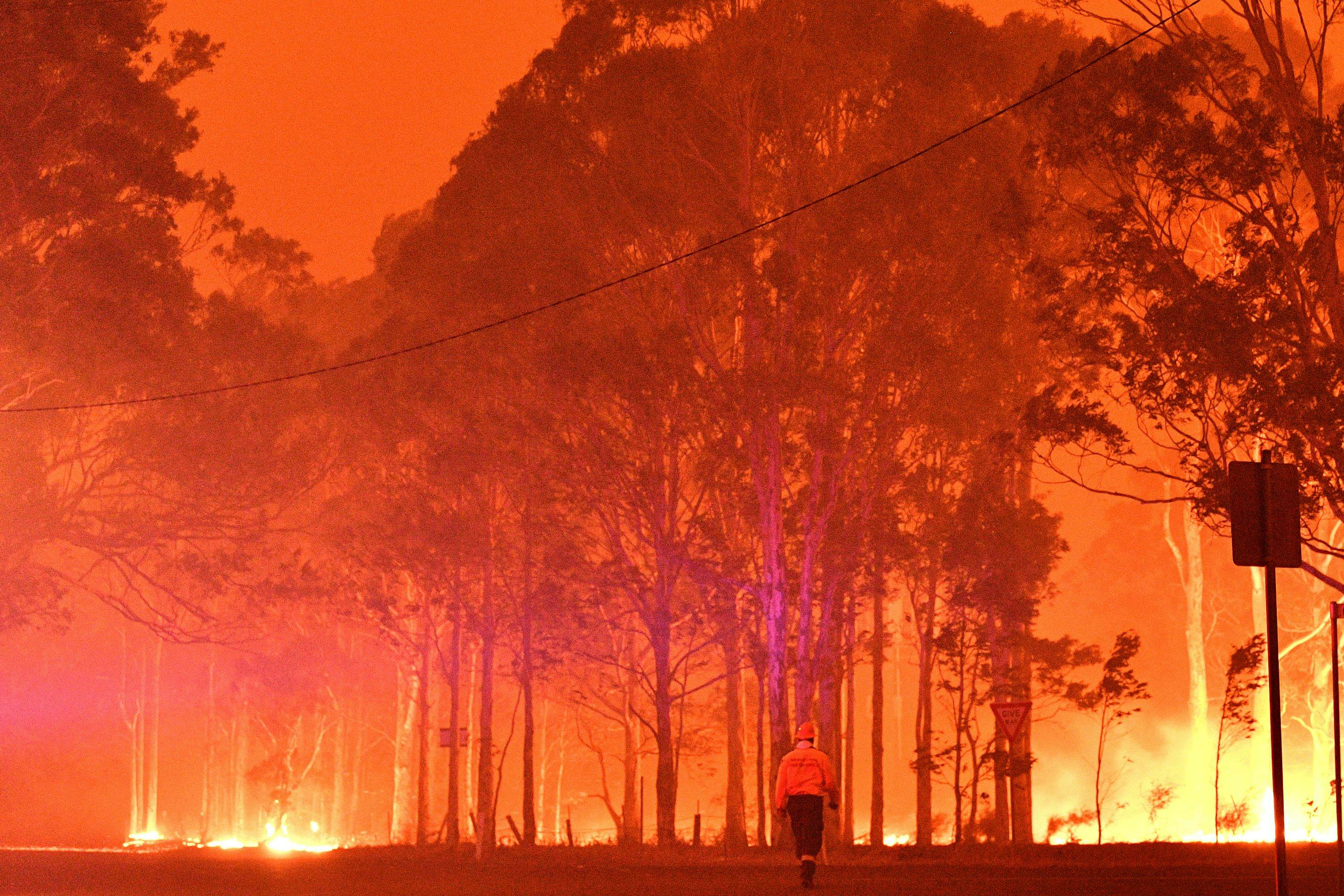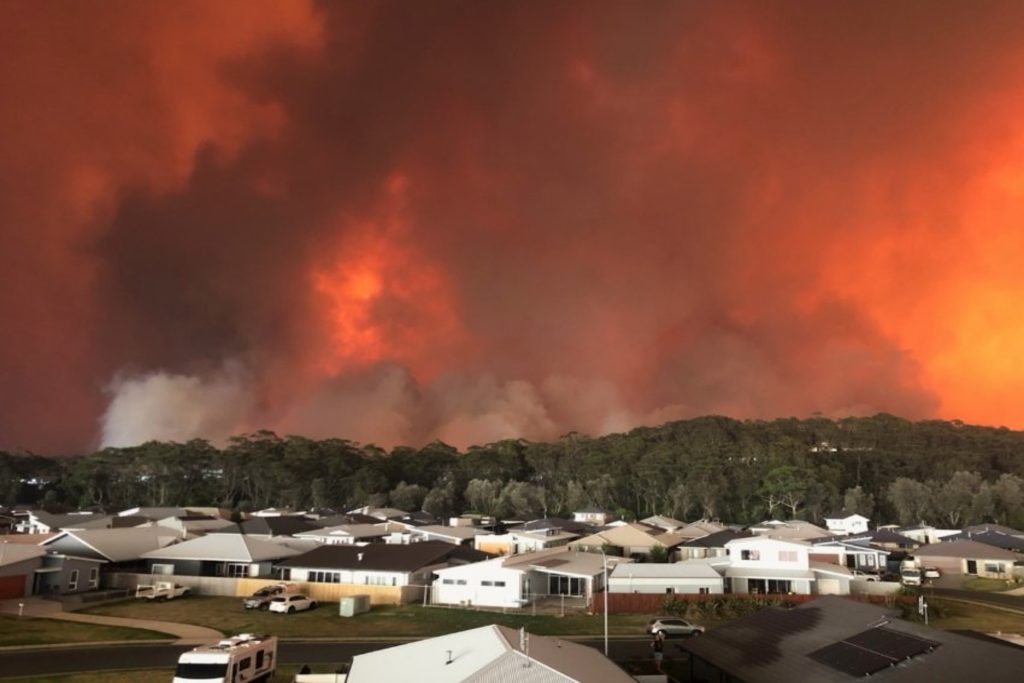Just How BAL Report Impacts Shrub Fire Defense Steps
In the world of bush fire defense, the Structure Attack Level (BAL) record stands as a vital device that dramatically influences the safety and durability of residential properties in fire-prone locations - BAL Report. The effect of a BAL evaluation prolongs much beyond simple documentation; it offers as the cornerstone for figuring out the appropriate building requirements and fire defense measures required to reduce the threats posed by bushfires. As neighborhoods come to grips with progressively extreme fire seasons, recognizing exactly how the BAL record forms these protective actions ends up being paramount for building contractors, property owners, and policymakers alike
Understanding the Bushfire Attack Level

Importance of BAL Report Evaluation

Additionally, the BAL report evaluation works as a foundational action in abiding by lawful commitments and needs associated to bushfire security. Local councils and authorities commonly mandate the submission of a BAL record as part of the preparation and building approval process to make sure that residential or commercial properties are appropriately guarded versus bushfire risks. Failing to conduct an extensive BAL report evaluation can cause poor protection procedures, leaving homes at risk to devastating bushfire cases.
Building And Construction Requirements Based Upon BAL
A comprehensive understanding of the Bushfire Attack Level (BAL) enables residential property proprietors to carry out construction requirements tailored to their certain danger account. Construction criteria based on BAL are vital in reducing the effect of bushfires on buildings. The BAL rating classifies the prospective threat a property encounters throughout a bushfire on a range from BAL-Low to BAL-FZ (Flame Zone) Each BAL level represents details building demands described in the Australian Typical AS3959-2018 Building of Buildings in Bushfire-Prone Locations. For example, buildings identified as BAL-Low may just require standard steps such as getting rid of debris and keeping gardens, while those in greater BAL categories require more durable measures like coal screens, fire-resistant products, and sealed home windows. Adhering to these building requirements not just enhances the structural strength of the home however likewise enhances the total security of homeowners during a bushfire event. Consequently, homeowner have to meticulously consider their BAL ranking and adhere to the matching building requirements to properly protect their owners and homes.
Implementing Fire Defense Procedures
With the structure of building requirements based on Bushfire Strike Level (BAL) in place, the emphasis now shifts in the direction of the sensible application of fire protection actions to strengthen residential or commercial properties versus bushfire dangers. Executing fire protection actions includes a combination of passive and energetic methods to enhance the resilience of structures in bushfire-prone areas. Passive actions include using fireproof structure materials, installing ember guards on vents, securing voids in roofs and walls, and preserving a clear area around the building devoid of combustible plant life. Energetic steps encompass having firefighting devices conveniently available, such as tubes and water pumps, in addition to creating Home Page a defendable area around the residential or commercial property by removing plants and having a well-maintained yard. Additionally, creating an evacuation strategy and making sure all locals are mindful of emergency procedures are important components of efficient fire defense see it here measures. By integrating both passive and energetic approaches, buildings can considerably minimize their vulnerability to bushfire events and boost the safety and security of residents.
Safeguarding Homes Against Bushfires
Successfully safeguarding homes versus the destructive impacts of bushfires needs a proactive and comprehensive approach to fire protection measures. Additionally, securing spaces and vents to stop ash intrusion, as well as incorporating fire-resistant doors and windows, can aid strengthen the home's defense versus bushfires. By accepting a positive stance and integrating these protective actions, property owners can dramatically raise their possibilities of securing their homes against bushfires.
Verdict
In verdict, the Bushfire Strike Level (BAL) report plays an visit homepage essential role in determining the needed protection measures versus bushfires. Executing fire security steps based on the BAL record is crucial in safeguarding homes from prospective bushfire risks.
In analyzing bushfire danger to homes, understanding the Bushfire Strike Level (BAL) is a critical component for applying reliable protection steps. Overall, a clear understanding of the Bushfire Attack Degree is necessary for implementing appropriate security actions and mitigating the effect of bushfires on properties.

Comments on “Unraveling the Importance of an In-depth BAL Report for Your Residential property”